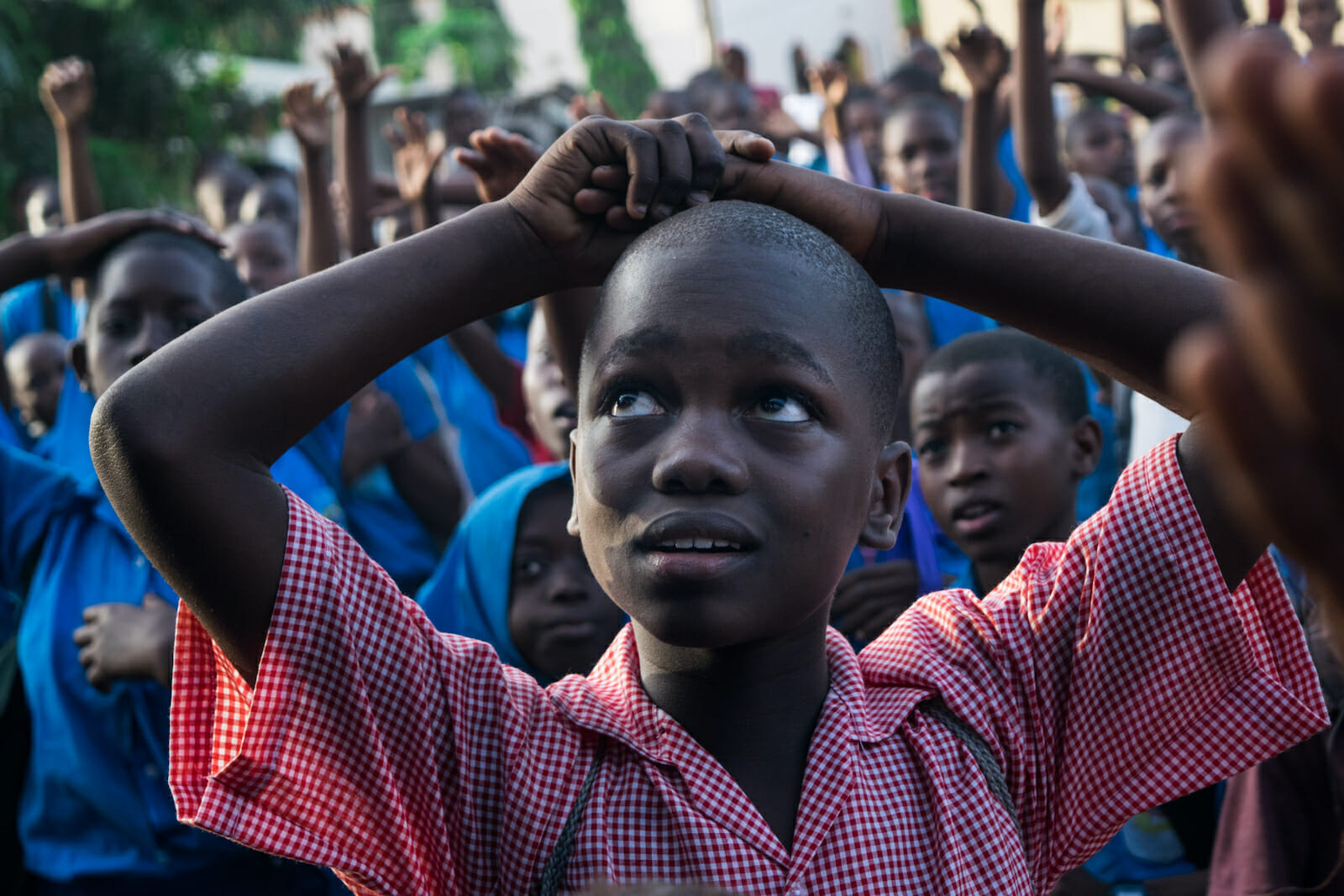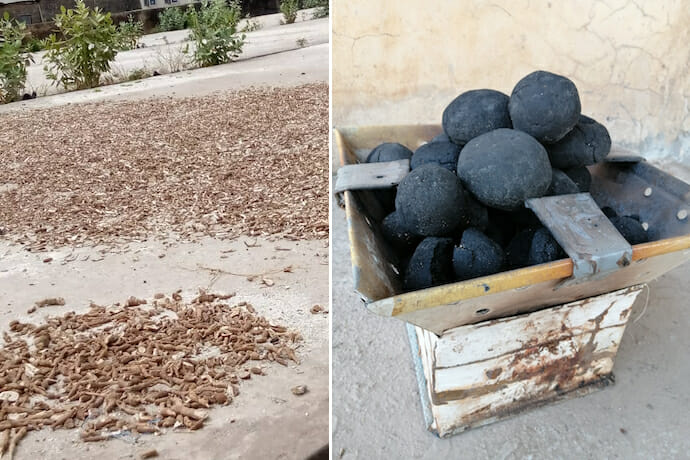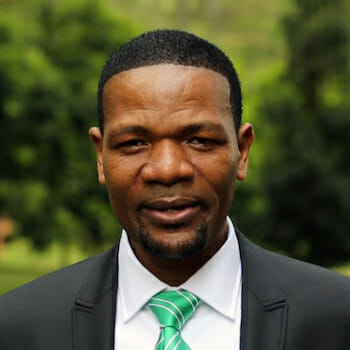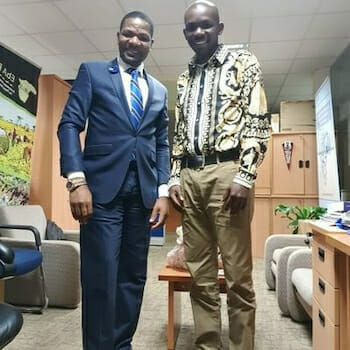
Engaging the Youth to Unlock Climate Action Solutions
Over 60% of Africa’s total population is under 25 years old. The continent’s youth is endowed with diverse talents, interests, energy, and skills in different disciplinary backgrounds which represent the continent’s sovereign capital. This capital can be harnessed in a structured and guided approach to turn the region’s challenges into opportunities. To substantively engage these youth and ensure they benefit socioeconomically from turning challenges into opportunities, the following are key considerations:
- Leveraging on structures that can ensure traceability and accountability of actions.
- Catalysing selflessness among these youth by providing a platform for structured guidance and continuous mentorship intended to unlock their potential as Africa’s primary solutions providers.
- Building on ongoing work that leverages climate action as an enterprise opportunity.
- Ensuring that the climate action enterprise areas to engage the youth are non-capital intensive.
- Instituting low-risk finance structures based on what is accessible to communities, most effectively done through the implementation of cooperatives.
- Inspiring youths to turn their passions into profits using their ready knowledge through innovative volunteerism. Innovative volunteerism provides youth — regardless of disciplinary backgrounds — an opportunity for improvement via structural guidance, refining and adapting their skills to engage selflessly and tap into enterprise opportunities in the agro-value chain.
Expounding the key considerations
Structure for engagement. Youth should not be engaged as “individuals.” The key is to engage willing and passionate youth to work within communal institutions. Hence, they need to be engaged within a community structure for accountability and traceability. Crucial societal institutions, like religious institutions (churches, mosques, etc.), community cooperatives, and local/traditional governance systems need to be used as the frameworks for engaging willing youth. Youth groups that are affiliated/registered/accountable to such institutions can be trained on specific climate action enterprises drawing from ongoing work, and structurally guided within the framework of the institutions where they are affiliated. Structural guidance can take form as the process for delivering much-needed solutions to communities. One thing to note is that youth are not an entity, these are individuals who embody a range of aspirations, yet require structured guidance. Youth need mentorship, motivation, and inspiration to self-discover that they have what it takes to turn challenges into opportunities.
Prioritise non-capital-intensive enterprise areas. Using proven empirical tests on optimal trajectories for driving climate action, from an enterprise perspective, to guide youth to engage in climate action enterprises is critical. About 81% of sub-Saharan African households rely on wood-based biomass energy for cooking. This dependency fuels negative health consequences. Exposure to harmful pollutants emitted from burning wood and charcoal is a leading source of household air pollution, which is one of the largest contributors to mortality in Africa, totaling to about 400,000 deaths attributed to it annually. This number is higher than the average number of deaths caused by road accidents in the continent. The urgency for remedial measures through enterprises offering alternative clean cooking options is therefore critical.
In addition, the use of organic fertilizer has proven capable of increasing yields by up to 40% compared to mineral fertilizers. Empirical studies show that in Kenya, converting agriculture waste to organic fertilizer has proved to provide an over 560% return on investment. The waste to fertilizer operation increases yields by up to 30% and income by 50% for farmers using the fertilizer.
Engaging willing and passionate youth. Focusing on engaging willing and passionate youth in decentralizing waste-to-energy recovery solutions, especially agricultural waste-to-fuel briquettes to power agro-value addition in different fronts –eateries, institutions, and households – offers an opportunity to reverse pressure on wood-biomass, thus preserving forests. These solutions lower indoor pollution and it has among the lowest start-up costs, making it accessible to many while also offering a ready and broad market. For example, leveraging on the spirit of the innovative volunteerism structured guided approach, we are structurally guiding youth to work with local farmers in obtaining agricultural waste and turning it into fuel briquettes that burn longer and are more flammable. Through a mixture of managing production levels and raw material costs, the briquettes are priced at the same level or even below charcoal. This is opening up income streams for these youth and ushering them to entrepreneurship pathways where they solve a problem while generating personal wealth.
Innovative volunteerism spirit reshaping Africa’s approach to driving youth climate action. In Ghana, Nigeria, Uganda, and other regional countries, through leveraging the innovative volunteerism structured guidance approach, youth have been trained in developing fuel briquettes. The training process has created an incubation center which in turn is training more youth. Youth have been guided to work with farmers in collecting agricultural waste where they now convert the waste to compost and fuel briquettes. They are marketing these fuel briquettes for key user groups – households, institutions, eateries – to power agro-value addition in cookeries. They are also being guided to work with farmers in marketing biofertilizers to agro-value chain actors. This work offers a rich diversity of lessons to be shared with other willing and passionate youth.

Leverage cooperatives as the structure for accountability and impact at scale. To ensure an easy reach of employees, a common communal framework can be used and there is no better community grounded space like a communal cooperative. Leveraging on the communal structure of local cooperatives, trained youth are guided to take part in this communal structure. Once they join these communal cooperatives, based on guarantees from existing members of good repute and their own aptitude in training, they get some debt financing to start off the briquettes making enterprises, get support in marketing the briquettes and earn revenues. The fact that they are in this ensures traceability and accountability. This accountability and traceability manifests as follows: Employers will be able to trace where employees fabricate these briquettes, which households are getting them, and what the households or individuals are doing with these briquettes. Using this approach, the ability to audit the impact of financing and actions that impacts many lives at the community level becomes achievable.
An example that demonstrates the advantage of traceability and risk diversification of community cooperatives for youth comes from Uganda. A national cooperative called Pewosa has established a structure of encouraging savings and credit at the community level by clustering people who wish to get financing into units called village savings and loan associations (VSLAs). These VSLAs are mini cooperatives that draw membership from small scale entrepreneurs engaged in various enterprise actions along the agro-value chain — including youth — who come together, pool their resources and save in the parent cooperative, Pewosa. Then, based on the strength of their savings, the VSLAs can access low-interest loans from Pewosa that are administered to a VSLA as a group and not to individuals.
This type of distribution increases guarantees and lowers financial risk. Through this model, youth can finance their briquettes enterprises through first taking up membership in a VSLA, convincing members to guarantee their enterprise, and through the backing of their VSLA, access low-interest loans from the parent cooperative to finance their enterprise. This financing will come with the added advantage of accountability through the structure of the VSLA as well as traceability through the parent cooperative. This two-tier, low-risk financing model through communal cooperatives is timely for replication in financing youth climate action enterprises in a low risk, traceable, and accountable way.
Conclusion
The skills, talents, energy, creativity of youth represents Africa’s sovereign capital that urgently needs to be unlocked to drive climate-resilient development while unlocking income and enterprise opportunities for these youth. However, engaging youth needs accessible structures for accountability and traceability of impact, and communal cooperatives provide a ready multi-faceted structure to build on.
Through such, youth can raise capital and engage in enterprises such as fuel briquettes that generate income while solving community challenges and driving climate resilience. This is how the much-needed jobs for our youth will be created. This is how the informal sector in Africa, which is the pillar for building inclusive, climate-resilient, and competitive economies under the COVID-19 reality, will be buffered from future shocks.
The views expressed in this article are those of the authors alone and do not necessarily reflect those of any institutions with which the authors are associated.


